Tomatoes
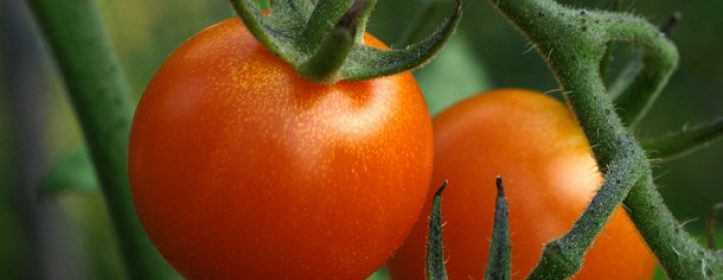
It is important to keep in mind that most of the popular vegetables grown are descendants of varieties that were discovered (or ripped off, depending on how you view 16th century Spanish colonialism) in Central America. Tomatoes, peppers, squash and many others were staple crops in the empire of the Aztecs. While Cortez and his conquistadors had little appreciation of the Aztec culture, they, along with their Jesuit partners, were “religious” about sending anything of value back to the king and queen at home. While the wealth of gold has long since been spent, the horticultural treasure continues to feed and delight us. The diet of Europe before the “discovery” of the New World must have been very bland indeed. The point here is that our summer vegetables need extra heat (especially the peppers). There are a couple of little tricks I would like to pass along.
TOMATOES
To get our tomatoes to mature and start producing sooner, we need to increase the air temperature around our transplants. You may use hotcaps bought from a garden center or make your own from plastic water or milk jugs. To make a hotcap from a plastic jug, take a sharp knife and slice an X through the bottom of the jug with the center of the X in the center of the bottom of the jug. This will give you four flaps that can be bent outward so you can anchor the jug to the ground with rocks or long nails to keep it from blowing off. Be sure to remove the cap of the jug to allow excess heat to escape. An-other method (my favorite) is to use black plastic on the soil around the base of each tomato and then wrap clear plastic around a tomato cage. The black plastic will help heat the soil around the young root system. Just as important, it will keep the accumulated heat from escaping from the soil on cool nights. The clear plastic wrapped around the tomato cage creates a greenhouse effect inside the tomato cage. This will bring the temperature up to the level that tomatoes prefer. Leave the top of the cage open to allow excess heat to escape. On nights that you expect the temperature to drop below 50 degrees, you should cover the top of your “mini-greenhouse” to keep the temperature up overnight Be sure to uncover it early, before the sun comes up, otherwise you’ll cook your transplant.
SEEDS
To get any late seeds to sprout quicker, try sowing them in a shallow trench, and then cover the trench with clear plastic. Be sure to build up the soil on either side of the trench so that you have a pocket of air trapped under the plastic. This will accumulate heat and warm the soil below. Seeds planted using this method will germinate in the shortest possible time. You’ll want to cut small slits in the plastic to allow you to water as needed. As soon as you see sprouts, remove the plastic so you don’t cook the seedlings.
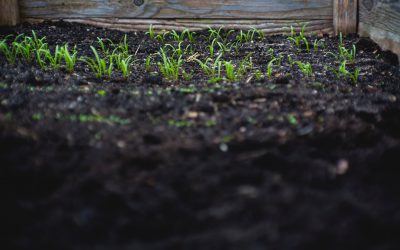
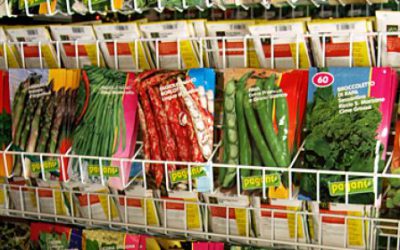
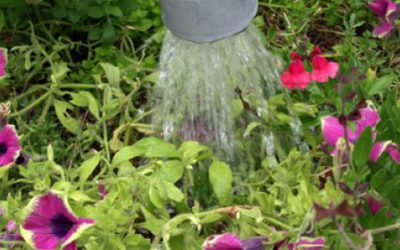
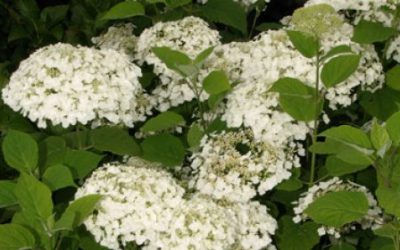
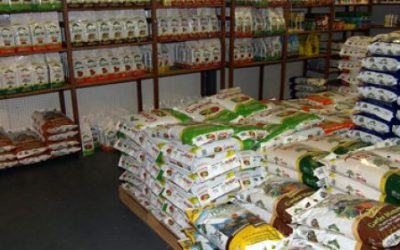
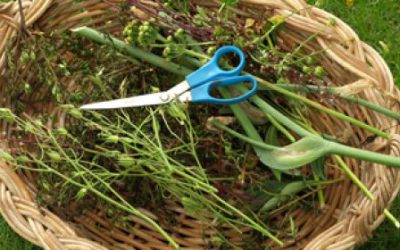

Recent Comments